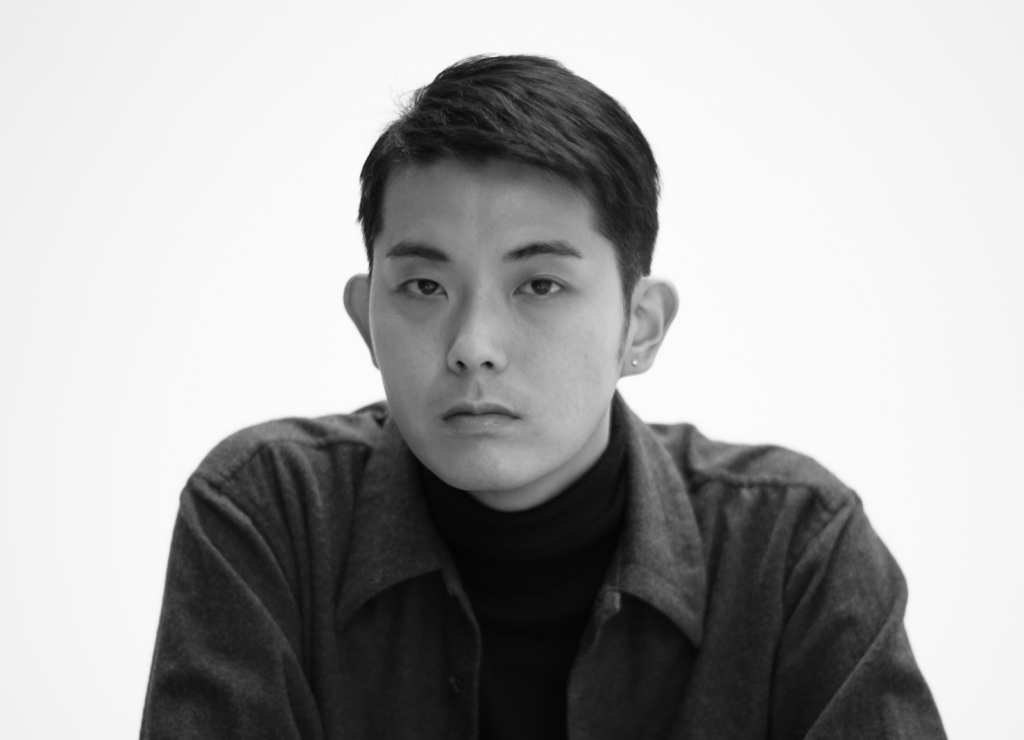In the final month of ‘Ed’s Picks’ this year, November delivered plenty of last-gasp pitches for some of the best tracks of the year. Aside from those below, otherwise on my playlist were Yuji Nakada’s “Back to Myself”, the clear highlight of his new album Portas, and Kenji 1205’s blissful new “Migite wo Tsunaide”, which proves that the popularity of Hatsune Miku isn’t waning any time soon.
1. Yuta Orisaka, ‘Spring Comes’
(Less+ Project)
Yuta Orisaka’s 2015 record Heisei was easily one of the folk highlights of the 2010s, progressive in its dazzling mix of old Japanese folk traditions and newer chamber music styles. Orisaka succeeds with similar brilliance on “Spring Comes,” the end credits track for the latest Takuma Sato film, Any Crybabies Around?.
Despite containing many of the contrasting elements that always feature in Orisaka’s music, “Spring Comes” somehow stands apart. There’s his usual mix of tradition and modernity. Light thuds of conga among normal percussion. Modern piano and guitar alongside double bass, bells, and a sound that I can’t quite identify.
Orisaka’s vocals and lyrics manage that duality well, too. Atop a min’yō melody line, his lyrics long for a coming spring, eventually building to a revelatory finale. But his “spring” isn’t simply the season, the topic of countless folk tunes. As explained by Orisaka’s Bandcamp, “Spring Comes” is driven by the Prague Spring and Arab Spring, and the hope for revolution – another typically beautiful and provoking Orisaka track.
2. Chai, ‘Plastic Love’
(Sub Pop)
Chai’s latest single combines two relentlessly wonderful musical things. One, Mariya Takeuchi’s sublime, recently-revived 1982 megahit “Plastic Love” and, two, Chai themselves. “Plastic Love” is the B-side to the physical pressing of Chai’s previous single, “Donuts Mind If I Do” – and shows the quartet capitalizing on their ever-growing overseas success as one of the biggest names in Japanese rock.
As for the track itself, Chai retain the essential bits of Takeuchi’s classic. They keep Koki Ito’s funky bassline, and most of Tatsuro Yamashita’s structure; they build the track in a similar way, ensuring to capture the song’s final, ecstatic minute. Chai’s group vocals and tougher edge ensure that their “Plastic Love” isn’t a carbon copy, but it’s faithful.
Is it better than the original? Not a chance, but it’s still stellar stuff from Chai – a great, rough take on a pop classic.
3. Shintaro Sakamoto, ‘The Feeling of Love’
(Zelone)
It’s easier to dance than brush your teeth, muses Shintaro Sakamoto in the opening lines of “The Feeling of Love”. And, when you think about it, he’s not wrong.
Darkly, but not too seriously, “The Feeling of Love” sees Sakamoto reminisce of dancing, music and nightlife. He employs the signature soft, smooth, mellow style that has been characteristic of his career post-Yura Yura Teikoku – but still manages to work in a certain psychedelic flair.
While “The Feeling of Love” might not be quite so bitingly neo-psychedelic as YYT, there’s something strange and otherworldly about Sakamoto. This tune is smouldering and slightly sleazy; its guitars dully ping; there are weirdly comic chiming background voices and, towards the middle, what appears to be a vocoder solo.
It’s gently political, too. As 2012’s How to Live with a Phantom alluded to the nuclear fallout of the 3/11 Tohoku earthquake and tsunami, “The Feeling of Love” clearly aims for what many have missed during the pandemic – a fitting time for Sakamoto to hit form.
4. Ako, ‘Ao’
(Self-released)
Following the release of her first EP, PotentialMISTY, back in September, “Ao” is the most recent single from Tokyo-based singer-songwriter Ako. Like much of the contents of that EP, it’s another dreamy, widely-influenced pop tune, with a distinctly heavy, compressed atmosphere.
“Ao” is distinctively cloudy for a pop song. Yet it isn’t stifling or vague. Ako and her creative team (together called ‘Londog’) ensure that all the different phases are heard, from the slow trap beats and muted guitar all the way through to the synthesized – or perhaps even real – strings of the outro.
Throughout are Ako’s vocals, breathy but forthright and well up to the task of leading the track’s hook. “Ao” might just be a PotentialMISTY leftover but it’s remarkable pop: careful, muted and gripping.
5. Barbican Estate, ‘Obsessed’
(Self-released)
Barbican Estate’s “Obsessed” sounds a lot like Sonic Youth, in a very good way. It’s this particular chord progression, as well as the guitar tones and tension – even Kazuki Toneri’s vocals are Kim Gordon-esque.
“Obsessed” was also recorded with vintage equipment – as in, perhaps, tools from the 1980s and Sonic Youth’s heyday. But it’s more than just Sonic Youth mimicry. For one, the trio are going for a pretty clear mood behind “Obsessed” – and they achieve it well.
Apparently Hitchcock-inspired, “Obsessed” is riddled with noisy suspense. I can’t make out much of the lyrics (despite them being in English) but apparently they enter the psychology of a woman being chased by a murderer. The final freak-out really embodies that madness, an alt-metal thrust that isn’t Sonic Youth at all.
The second of a trilogy of singles begun with “White Jazz” in October, it’s also worth noting the great artwork of “Obsessed” by collage artist Louis Bowes, which takes from the Brutalist style of the real life Barbican Estate in London.








